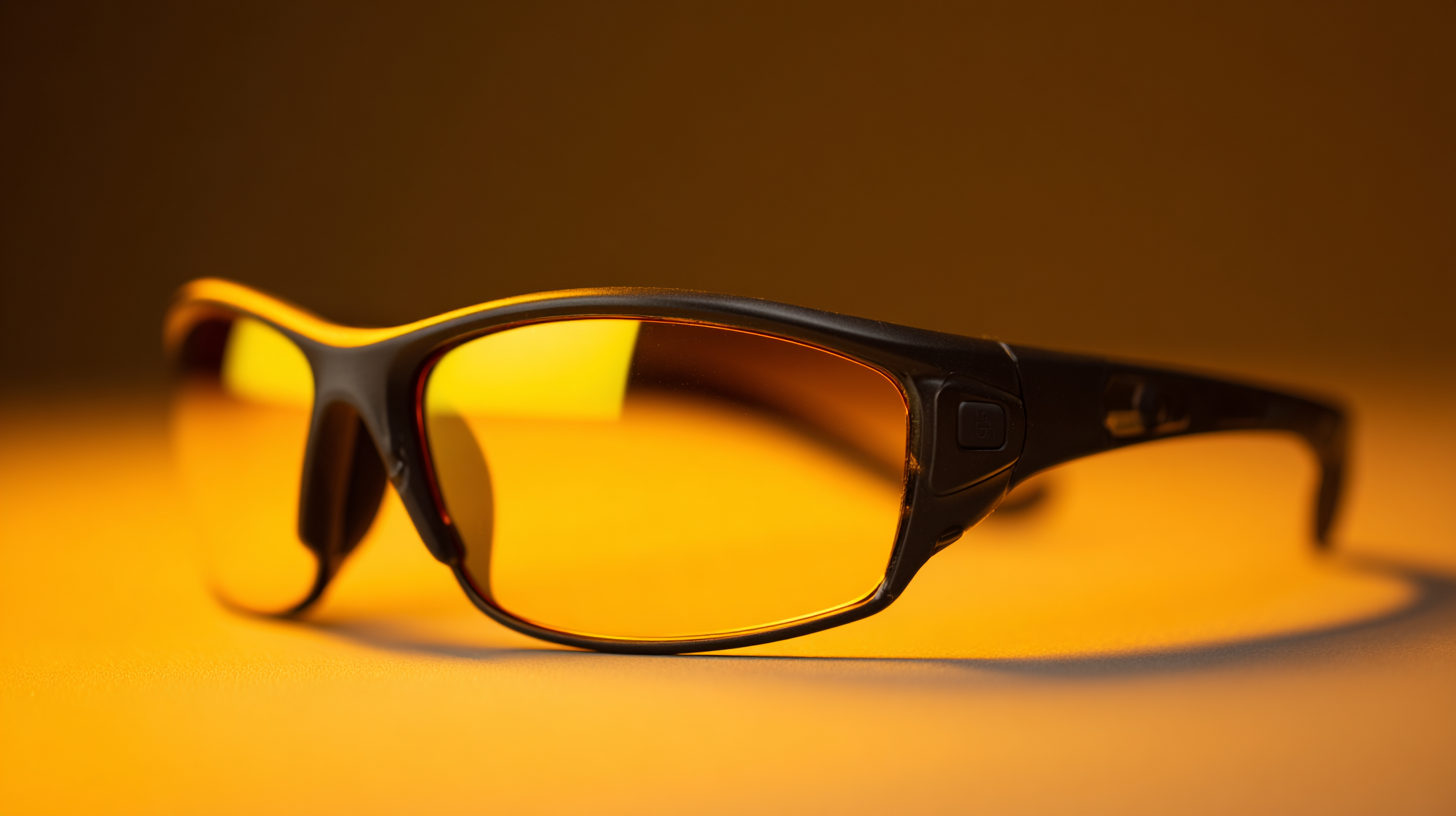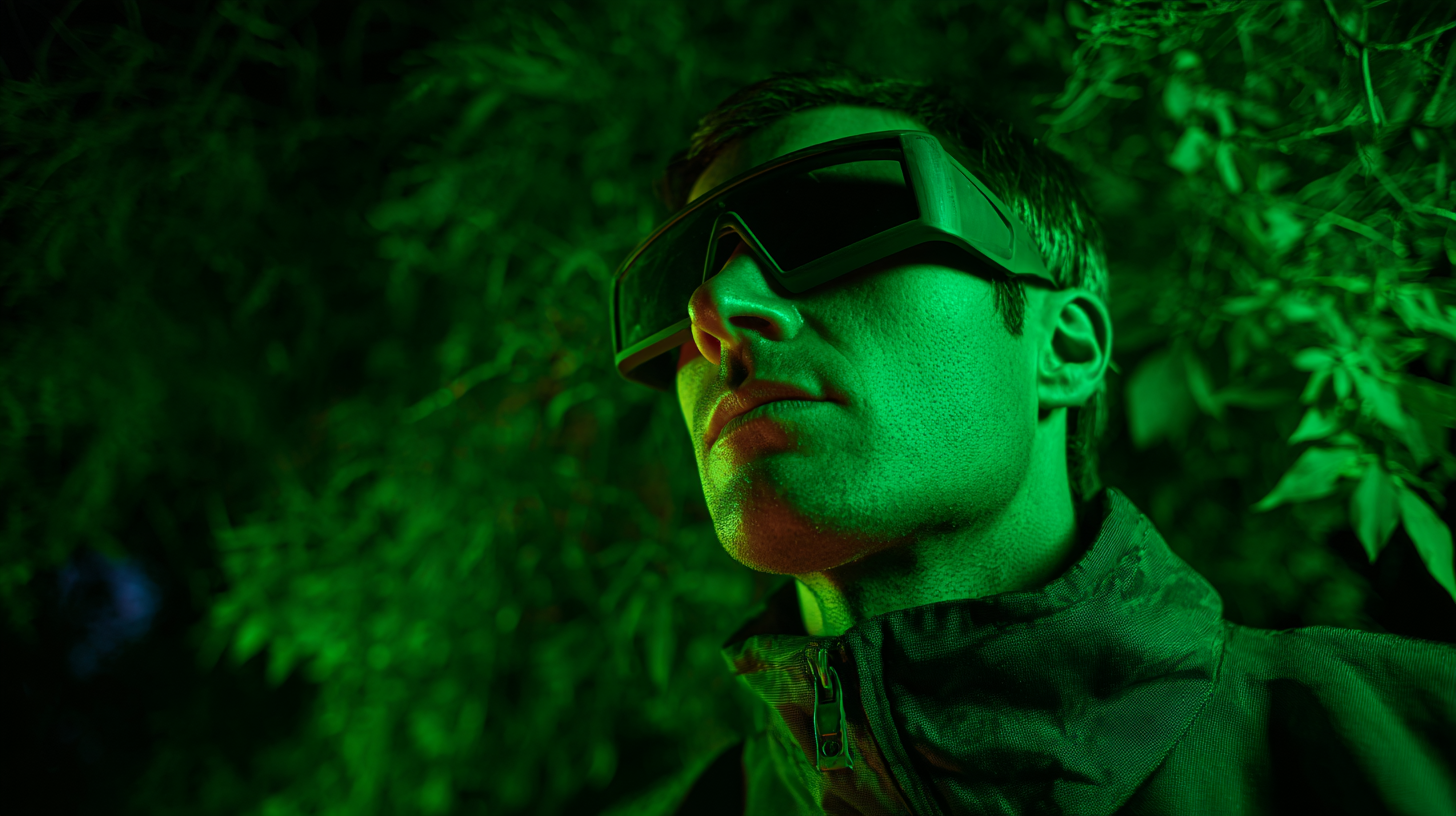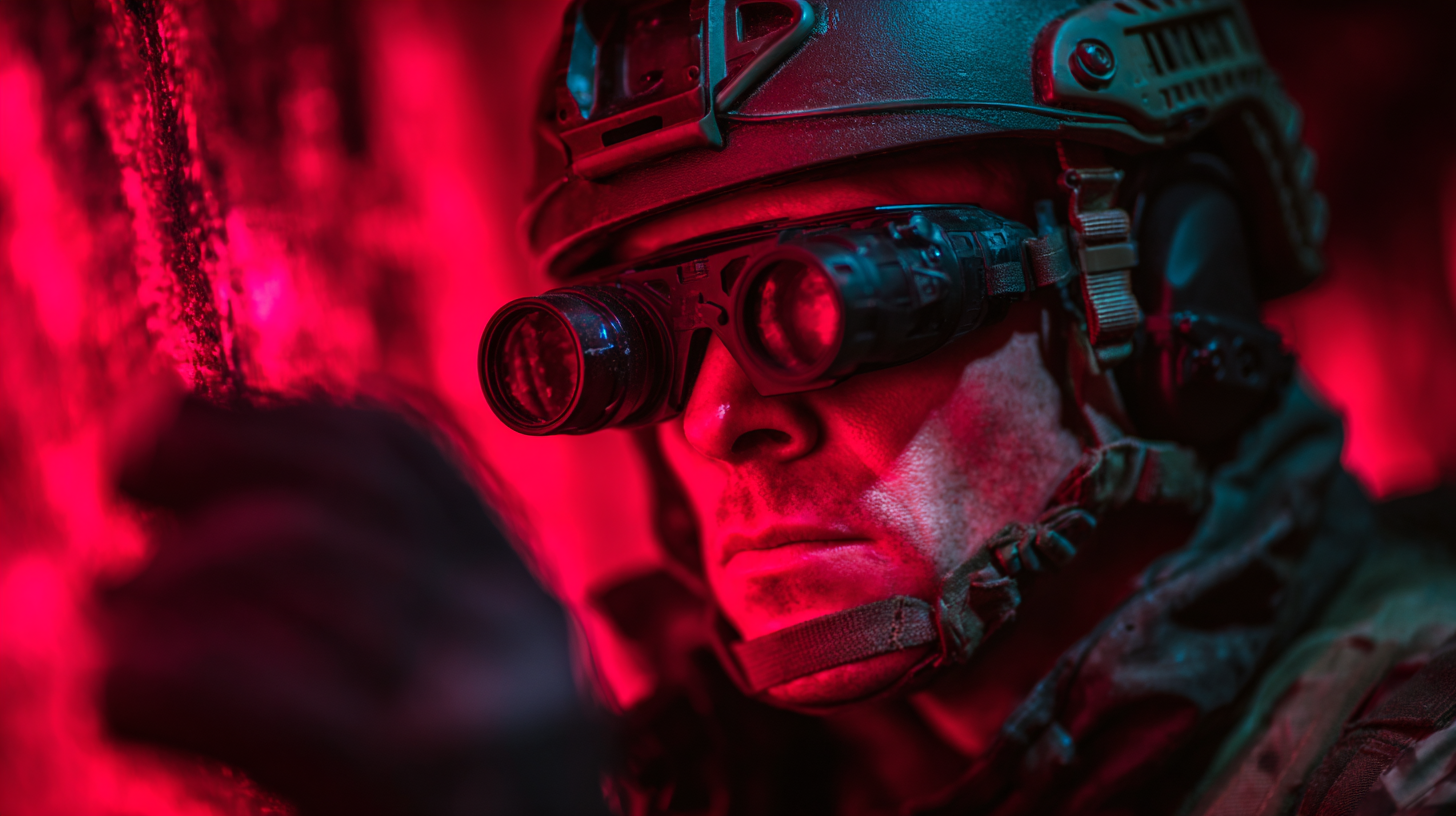Night Vision Sunglasses have emerged as a vital accessory for enhancing visibility in low-light conditions, with increasing adoption among outdoor enthusiasts and professionals. According to the Vision Council, nearly 60% of Americans report experiencing discomfort when exposed to bright lights or glare, highlighting the necessity for effective eye protection. Furthermore, a survey by the American Optometric Association indicates that 70% of individuals engage in outdoor activities during twilight hours, where conventional sunglasses fail to provide adequate clarity and protection. As advancements in lens technology continue to evolve, the market for Night Vision Sunglasses is projected to grow significantly, with a study by Grand View Research anticipating a compound annual growth rate of 5.8% from 2021 to 2028. This blog will explore the essential features of Night Vision Sunglasses, how they work, and why they are becoming an indispensable tool for both casual users and serious outdoor adventurers.

 Night vision sunglasses are a remarkable innovation designed to enhance visibility in low-light conditions. These specialized eyewear utilize advanced technologies to provide users with a clearer and more comfortable view during nighttime activities. One of the key technologies behind night vision sunglasses is the incorporation of special filters that enhance contrast and reduce glare from artificial lights. This feature is particularly beneficial for drivers navigating dark roads, as it minimizes eye strain and improves overall safety.
Night vision sunglasses are a remarkable innovation designed to enhance visibility in low-light conditions. These specialized eyewear utilize advanced technologies to provide users with a clearer and more comfortable view during nighttime activities. One of the key technologies behind night vision sunglasses is the incorporation of special filters that enhance contrast and reduce glare from artificial lights. This feature is particularly beneficial for drivers navigating dark roads, as it minimizes eye strain and improves overall safety.
Another crucial aspect of night vision sunglasses is the use of photochromic lenses. These lenses automatically adjust their tint based on the lighting conditions, allowing for optimal visibility as the environment changes. In low-light situations, they become clearer, ensuring that users can see better without the harsh reflections that can often accompany bright lights. Additionally, some models integrate anti-reflective coatings, which further enhance clarity by reducing the amount of light bouncing off the lenses. Together, these technologies make night vision sunglasses an essential accessory for anyone looking to improve their visibility and comfort while out at night.
Night vision sunglasses are not just a fashionable accessory; they employ sophisticated science to enhance visibility in low-light conditions. The primary function of these lenses is to optimize light transmission while filtering out harmful blue light. This is crucial because, during the night, our eyes need to adapt to reduced light levels, and blue light can hinder this adaptation process. Lenses that block blue light help the eyes to better regulate their natural pupil dilation, allowing for improved visibility without straining the visual system.
Moreover, the coating on night vision sunglasses is designed to reduce glare from artificial lights, such as headlights and street lamps. This is achieved through specialized tints and filters that absorb or reflect specific wavelengths of light. For instance, yellow-tinted lenses are popular for night driving as they enhance contrast and depth perception, making it easier to discern obstacles and other vehicles. By understanding the science of light transmission, consumers can choose the right type of night vision sunglasses to maximize their safety and visual performance in the dark.
| Lens Type | Light Transmission (%) | Night Vision Enhancement | Color of Lens | UV Protection |
|---|---|---|---|---|
| Yellow | 90% | High | Yellow | Yes |
| Clear | 95% | Moderate | Transparent | Yes |
| Green | 80% | High | Green | Yes |
| Brown | 85% | Moderate | Brown | Yes |
| Gray | 75% | Low | Gray | Yes |
When selecting night vision sunglasses, the lens tint plays a crucial role in enhancing visibility and improving overall performance in low-light conditions. According to a report from the American National Standards Institute (ANSI), yellow or amber lenses are often recommended because they can significantly increase contrast and depth perception at night. This is particularly beneficial for nighttime driving, as these tints filter out some of the blue light that can create glare and reduce clarity on the road.
Furthermore, research highlighted by the Vision Council indicates that lighter tints can provide a greater enhancement of light transmission, which is essential during twilight or low-light situations. For instance, lenses with a light gray tint allow up to 85% of visible light to pass through while minimizing color distortion. This capability makes these lenses ideal for activities such as fishing or cycling after dark, where accurate color recognition is essential.
Evaluating these lenses based on your specific needs—whether clarity, contrast, or glare reduction—is vital for optimal nighttime performance. Choosing the right lens color can make all the difference in how effectively you operate in low-light environments.
When considering eyewear for low-light conditions, the choice between night vision sunglasses and standard sunglasses can significantly affect visibility and comfort. Night vision sunglasses are specifically designed to enhance visibility in dim light by increasing contrast and reducing glare, features that standard sunglasses lack. This makes them a superior choice for nighttime driving or outdoor activities after dusk, where depth perception and clarity are crucial.
In addition to their performance in low light, night vision sunglasses often come with specialized lens coatings that improve durability and functionality. These coatings can reduce light reflection, enhance scratch resistance, and even filter out specific wavelengths of light, making them more versatile compared to standard sunglasses. While standard sunglasses are primarily intended for bright conditions, their performance diminishes significantly in low light, leaving the wearer with poorer visibility and heightened risk of accidents. Thus, for anyone who frequently finds themselves navigating the world after sunset, investing in a pair of quality night vision sunglasses can make a substantial difference in safety and overall experience.
When selecting night vision sunglasses, it is essential to consider specific activities and environments to maximize visibility and protection. According to a report by the Vision Council, nearly 50% of adults experience some form of vision impairment after dusk, highlighting the need for effective eyewear that enhances clarity in low light conditions. For drivers, sunglasses with yellow-tinted lenses can increase contrast and reduce glare, making nighttime roads significantly safer. A study published in the Journal of Safety Research found that appropriate night vision sunglasses can lower accidents at night by up to 30%, emphasizing the importance of selecting the right pair.

For outdoor enthusiasts, particularly those involved in activities like hiking or fishing at dusk, polarized lenses are recommended. These lenses help to filter out unwanted light, allowing for better visibility of terrain and water surfaces. According to research from the American Optometric Association, polarized night vision sunglasses reduce the “blind spot” effect often caused by reflective surfaces, thus improving overall safety and efficiency in such environments. Ultimately, choosing the right night vision sunglasses tailored to your specific needs can greatly enhance visual performance and safety during nighttime activities.






